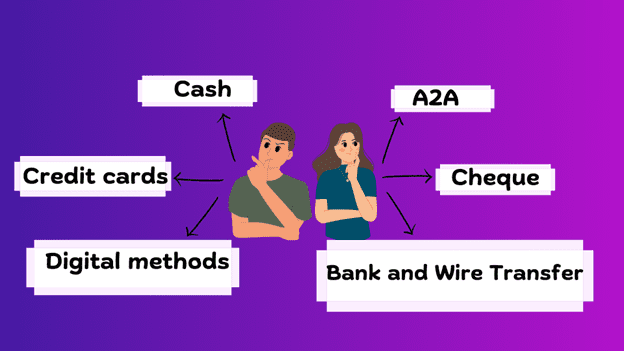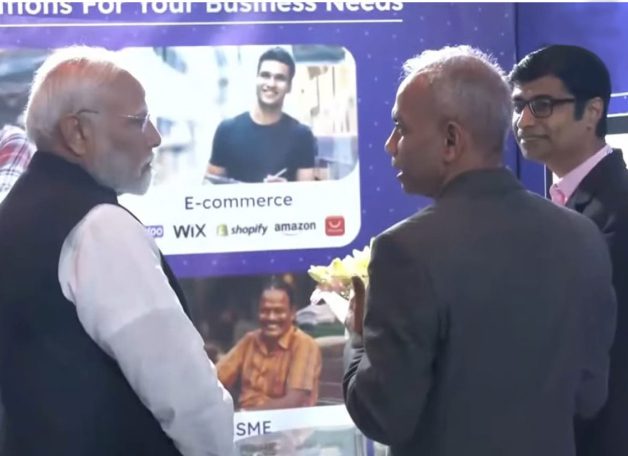Managing finances as a freelancer can be a hassle. Here are a few methods to receive payments, including cross-border payments, seamlessly.
As a freelancer, it feels relieving that you get to work on your terms, but it also means that there are a lot of responsibilities on you. You must know how to manage every aspect of work including managing finances and taxes. This means you will also have to keep track of how you wish to get paid and the mode of transactions you will accept.
Managing finances sounds like a huge burden when you’re just venturing into your freelance journey. Even the thought of having to deal with different mediums to receive payments and forex transactions in some cases can be stressful to some.
Money or transaction stands for any medium that has an exchange value against any goods or services. But this does not mean that anything can be used as a medium of economic exchange for your service. For example, A freelancer in India cannot accept Singaporean dollars (SGD) from their client in cash for their service, since it would not be accepted in India, unless they want to go through the trouble of getting the currency exchanged for INR.
In this article, we will look at different modes of payments including the ones useful in receiving international payments, their advantages, and disadvantages to understand which works best for seamless domestic or cross-border payments.

Cash
The most traditional form of receiving payments. As a freelancer, you can choose cash to receive payments from your local clients. Dealing with cash can be good for domestic clients, but not international ones. When dealing with cash remember that you will have to keep track of the cash you receive and will have to visit your bank often to make deposits. Additionally, if you’re a freelancer in India, the government is encouraging citizens to minimalize the usage of cash and move towards digitization. So, keep cash as a less preferred option of transaction and only accept it when necessary. You can choose to either take a small amount of your fee in advance or take the entire payment at the end.
Cheque
This is another common medium to receive payments. Just like when dealing in cash, Cheque also limits your transactions to the domestic clients and market. Although nowadays e-cheques are being generated, it is not as secure as other methods just yet. You will also have to visit the bank often to deposit these cheques. Additionally, you will have to wait for a given date to deposit them, the clearance time is long and there’s always the chance of having a bounced cheque.
Credit Cards
Credit Cards are a quick way to accept payments without having to worry about having to go to a bank. You can sign-up on an online service where you can process and accept credit card payments. This allows you to also accept international payments, making it easier to receive money from international clients. Although it seems like a good option considering its help in receiving international payments, there can be some charges that you will have to pay to these online service providers for safe, secure, and fast service.
Digital Methods
Digital methods are being more accepted nowadays. People prefer making digital payments as it is more secure and quick, so even businesses and freelancers have started accepting payments made using digital methods. In India, UPI is the widely accepted local payments method. So, if you’re a freelancer in India, accept domestic payments via UPI. However, you cannot accept international payments via UPI. In order to receive money from abroad to India, you can opt for APM or Alternative Payments Method which is accepting payments in any form other than cash or major card networks like Mastercard or Visa.
A2A (Account-to-Account)
Account-to-Account payments method is a new way to electronically transfer funds directly from the buyer’s account to the seller. This is a great way to accept international payments. A2A payments are different than P2P or Person-to-Person payments, where you pay directly to someone via their email or phone number. With A2A payments, you can transfer from your account to another account in a different bank account. You can either push or pull for payments. In push, the sender or buyer initiates payments just like a regular payment. In pull, the receiver initiates payments needing the approval of the sender.
Bank and Wire Transfer
This is another method of moving funds electronically. It is a helpful and ideal method to receive international payments. It is also a secure way as it requires owner validation. Bank transfers usually work online. In the US, ACH transfer is the most recognised and widely used form of domestic transfer. In wire transfers, the bank acts as an intermediary for payment. There is no need to link the two bank accounts, instead, the bank verifies the fund availability for the transfer. It will then use the SWIFT system to send the transfer information to the recipient’s bank, instructing it to credit the recipient’s account for the transferred funds.
Conclusion
Each of these methods may have its own advantages and disadvantages so choose the ones that suit you the best. Keep enough options, but not too many as having several options can make it a hassle to keep track. Additionally, if you’re looking for a solution for seamless cross-border payments, checkout BRISKPE for Freelancers. BRISKPE assists clients to receive international payments in India effortlessly saving time and money on hefty fees. To know more get in touch with us.









